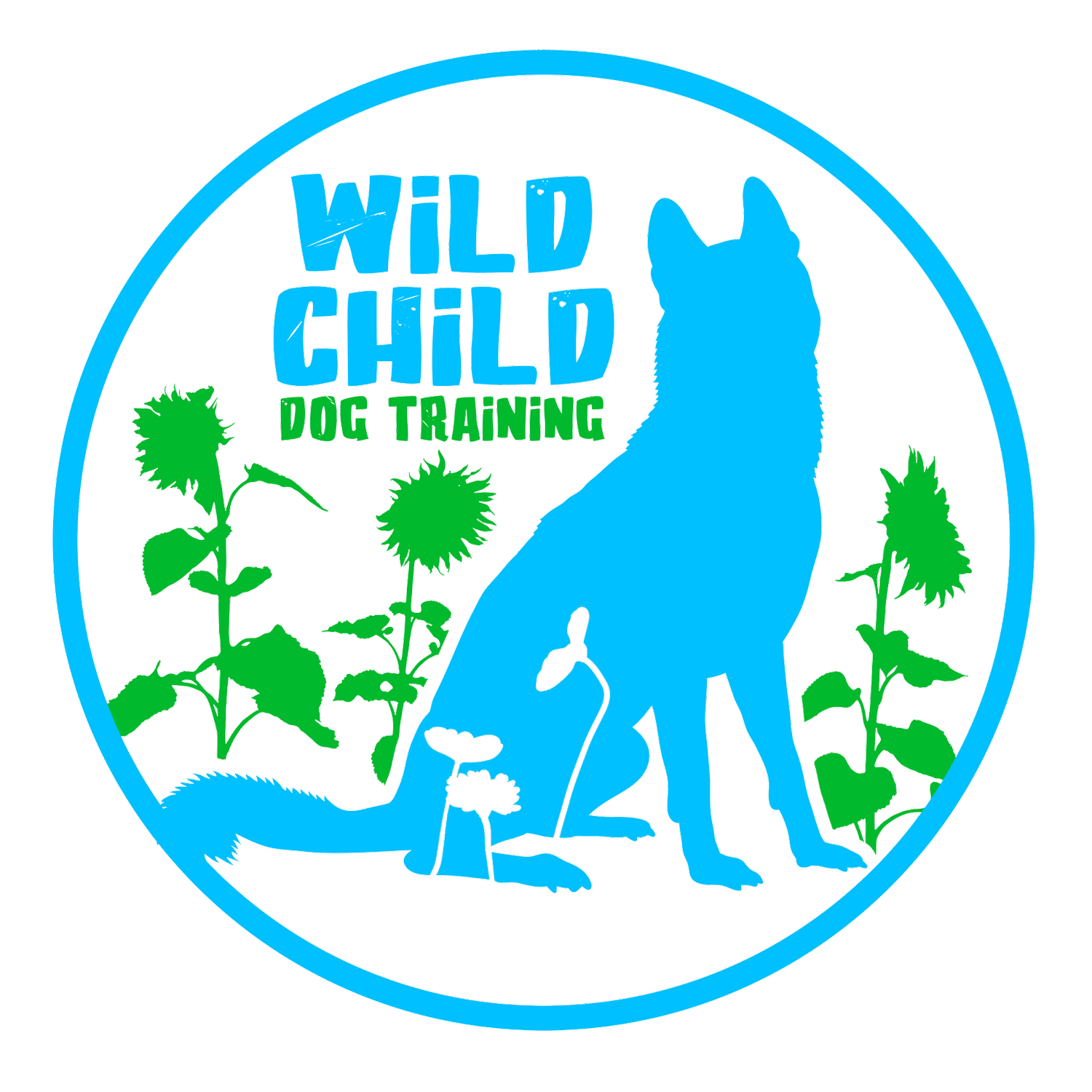Loose Leash Walking for Both Ends of the Leash
Leash Walking for the Owner:
I often find owners in a game of tug-a-war with their dog when it comes to walking them on the leash.
They’re tensed, pulling back, have the leash wrapped around their hand 50 million times…literally ready for all out war and walking anywhere is the battle ground.
So here’s a couple tips so you don’t have to engage in such a fight.
1.) Set the attitude before you even go out the door. Meaning if your dog is beyond excited when they see the leash and you walking towards the door sets them into a frenzy then you must wait until their in a calmer mindset. This will set the tone for your walk.
2.) Relax. Hold the leash in a relaxed hand and your arm should be relaxed at your side. If you’re tense and pulling on your dog then you’re only sending him signals to pull more. So take a deep breath and try to relax.
3.) Stop the momentum forward or turn and go the opposite direction if your dog starts to pull. Both take away the reinforcement of progress. If your dog is allowed to pull to where he or she wants to go then in his or her mind they made progress. Thus reinforcing the pulling behavior.
4.) And the last step is to reward the loose leash. If at any point there’s a loose leash you can reward verbally, with treats, with freedom, etc.
Patience and relaxation is key if you want to make progress. Don’t let your pup pull you into their game and remember make a big deal if they do something correct. It’s all about reinforcement when it comes to leash walking.
Leash Walking for the Dog:
One of the initial lessons we teach our puppy is leash walking, typically through a pressure and release method. If there's tension on the leash, we stop or gently pull back. The puppy may resist at first, but soon learns to ease the tension by moving towards you. It's a straightforward concept commonly taught to puppies.
However, around the six-month mark, we often find ourselves following our dogs instead. We trail behind them, led by their noses, as if they've trained us in leash walking. Eventually, many pet owners tire of being pulled from one distraction to another and purchase a training device that supposedly "cures" pulling.
Notice the quotation marks around "cures."
Initially, the training device appears effective, and your dog stops pulling. But within two weeks, it seems your dog is indifferent to the gadget, and you're once again being towed around.
The next step is to consult a trainer.
Some trainers might suggest a different training device, others may advise rewarding with a treat whenever the leash is slack, and then there are trainers like me who will teach you about leash pressure.
Here's a brief overview of a leash training session with me. For more detailed guidance, you might just have to book a session. 😉
Firstly, you must be relaxed, with a loose grip on the leash, not wound tightly around your hand.
Secondly, reinforce slack in the leash, usually with verbal praise or by granting more freedom.
Lastly, if your dog pulls, do not pull back. Instead, stop and apply an appropriate correction. Remember, the operative word is "stop."
These three steps can help you start enjoying your walks more. Building a relationship with your dog is also crucial, providing them with an outlet for engagement to enhance your connection.
